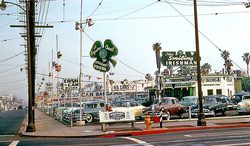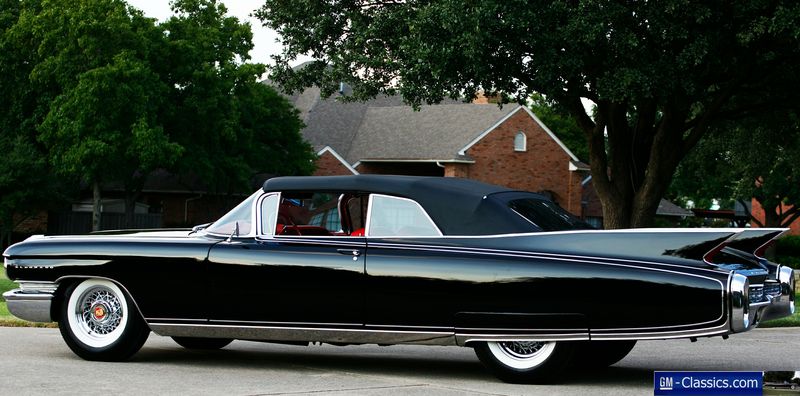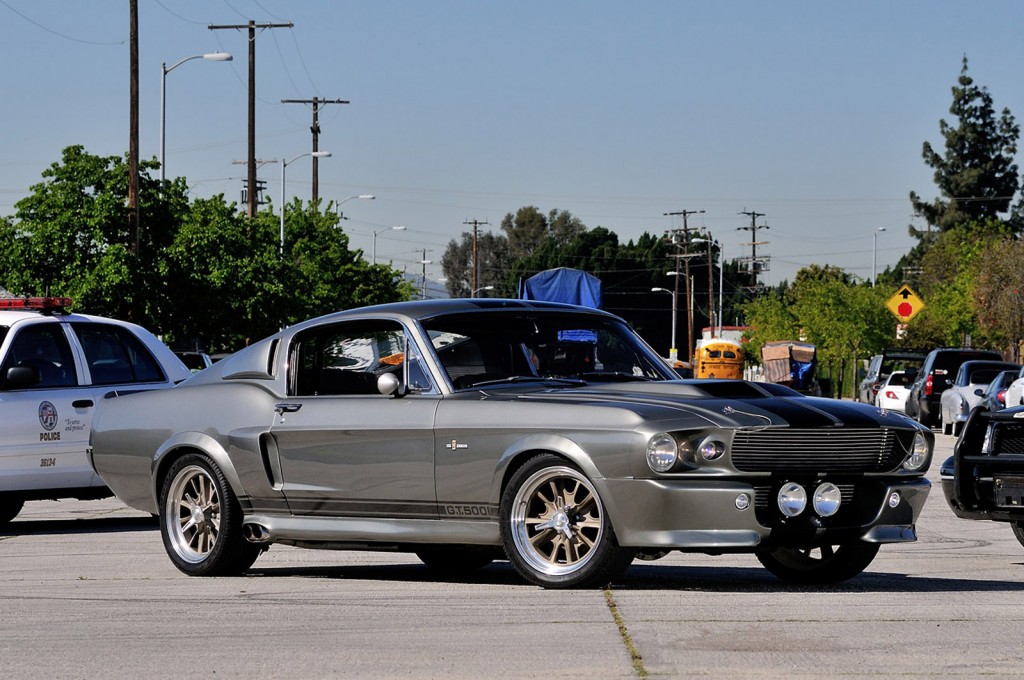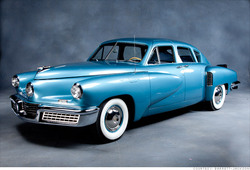THE SOCIAL IMPACT OF THE AUTOMOBILE II:
Photo Gallery:
As the automobile continues to become more important in America it's influence reaches farther out. The areas mentioned in "The Social Impact of the Automobile I" grow into more significant areas of impact going forward. As the automobile is more deeply embedded in society, greater complex changes occur. The car was like the computer of today, few could live without one!
As travel became easier, people traveled more. Small towns grew and larger towns became cities. In the 1930's, Los Angeles was in the 100,000 range, within 20 years it was over several million.
Travel became a business:
As states and cities saw the monitery potential in the vacation, marketing commenced.
As more cars were sold, traffic became a problem:
Small streets, increasing numbers of cars, the increase of personal travel, and almost no dedicated parking lots led to increasing traffic jams. City designers had to take into account the increase in the numbers of cars being added to the roads every year. By 1910, city planning had to be greatly altered in larger population areas. Small towns still had the needed space till the mid 1920's.
The Muscle car from 1962 to atound 1975:
From the beginning of the automobile age cars were growing in power. The Model T had 20 HP, the Model A had 40 HP, and the first V8 in the late 1930's had 60 HP. There were larger engines in the early years but they were relegated to specialty cars only. By the 1940's figures were approaching 100 HP and by the 1950's, most had passed that barrier. During the late 1950's a horse power war began. By the early 60's, the high output engines had gone over 300 HP which seemed outrageous to the old timers. The Muscle Car era began in 1964 and ended in the early 1970's. All that happened is that Pontiac put a big block engine in their small car, the Tempest, and called it the GTO. By 1966, nearly every automaker had followed suite. The race was on! It is even more outrageous today with Chrysler offering street cars with over 700 HP in the various Hellcat models.
Salesman movement using the automobile:
There have always been traveling salesmen, but the automobile along with better roads led to an actual "auto salesman" movement from the late 1920's.
The Hippie movement during the late 1960's:
It was first the Gypsies or Bohemianians (large topic covering the 1700's to today), then the Hipcats of the 1940's, the Beatniks of the 1950's, followed by the Hippies from the mid 1960's. Has there been a movement since the Hippy movement? Here are the general commonalities between the above groups:
- desire to build a counter culture
- claim to love freedom
- drug use
- sexual liberty
- casual dress
- insider language
- a claimed rejection of materialism
Growing congestion and smog concerns:
The sheer numbers of cars, the millions of gallons of gasoline used daily, and the frivilious use of the automobile, has led to congestion, smog, accidents, and financial problems. The car is a great thing but we are now engaging in overkill as a nation.
Suburbs have existed for several hundred years in different forms, but Levittown is the modern model for the American suburb!
Suburbs go back hundreds of years and began in Europe. In the US, the modern suburb grew quickly after WWII. Levittown began as a development in NY state and consisted of hundreds of homes which were copies of six basic designs. The were under 1,000 square feet in size and could be purchased at around $7,000 and with payments of as little as $60 per month. Copies of Levittown began to pop uo all over the country in size and numbers of homes. It was the suburb which led to the development of the shopping center. Note the reasons for suburb development:
- the beginning of zoning laws which allowed for residences only
- FHA loans approved and financed by the Federal Government
- increase in automobiles being owned by families
- growth of roads
- cheap farm land allowing for less expensive home construction
- the desire to get out of city congestion
- allowed for people with greater commonalities to live close together
- the desire for individual homes on larger tracts of land with it's own yard
Racing goes back to nearly the brginning of the automobile:
The first automobile races were more enduarnce runs than speed events though speed has always been a desired quality. In modern times, distance over a prescribed period of time, vehicle speed, travel over specific types of services, and many other numerous boundaries have become the core of racing. For example, eighth mile times, quarter mile times, top speed over a long distance, and top speed using a specific type or size of engine, and speed over extreme surfaces or heights, are the typical things which define a specific type of race.
Accidents grew as did fatal ones:
Increasing numbers of accidents required more traffic rules which grew especially after the 1920's. Higher speeds allowed for more serious accidents and more cars led to more accidents by the numbers.
The growth of the car dealership as a growth business:
The automobile industry came out of almost nowhere to become the largest financial segment in the US within less than 20 years. Today, the automobile industry is a multi billion dollar industry which requires it's own study to even begin to scratch the surface!
The car as a status symbol:
The automobile is one of the single most frequent ways to indicate personal status. Price, exclusiveness, and brand identification are the big three ways the car is used for status.
The cars of pop culture:
There have been an increasing number of automobiles which are iconic of movie shows or cultural movements. Herbie the talking VW bug to a Gran torino, all represent something to many in the marketplace. There is a museum of Elvis's cars, museums of Ferrari's, Muscle Cars, and even cars owned by celebrities. The automobile is a symbol far beyond its core structure!
The automobile as a source of innovation:
There are entire books which barely scratch the surface of automotive innovation. A class covering this topic could take a year of weekly classes and even then, would have to cut out many developments. This is such a large topic I just don't want to even begin a discussion!
The Tucker pictured above used an air cooled helicopter engine in the rear, had a center light which turned as the driver changed directions, and was one of the first cars which attempted to engineer safety. Pop culture seems to claim that the big three auto makers ran him out of business, I personally doubt it. My hunch is that if thousands had been built (I think only around 50 were made), they would have had many defects simply because Tucker just didn't have an R & D department to really develop the car.
So many people have attempted to begin a new brand of car, most failed because of the cost of building and marketing a new product. It takes around a billion dollars to create from scratch a new model of car. That billion is just the beginning, you then have to build a dealership network, finance an advertising program, cover warranty expenses, and make enough profit to get people to invest in your brand. None of those are easy or inexpensive!
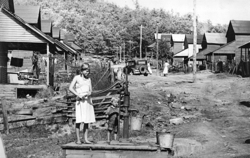
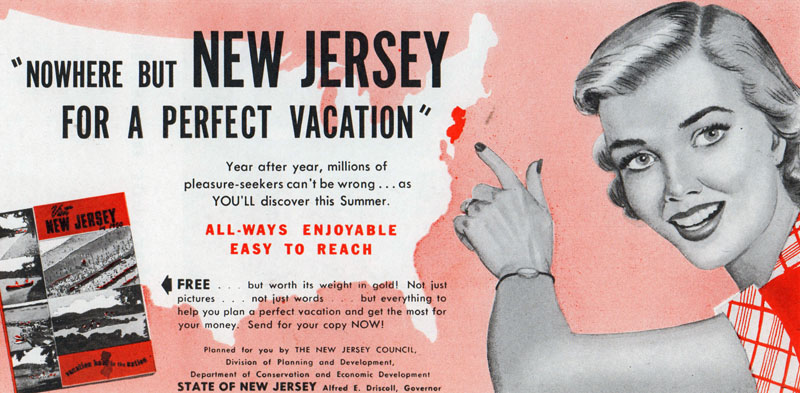
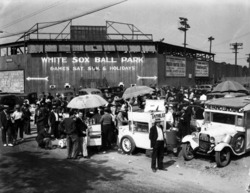
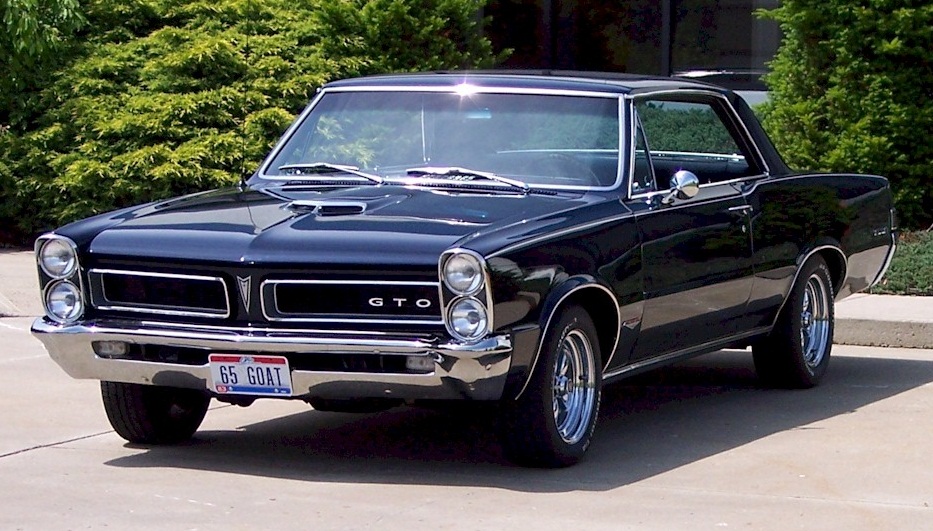
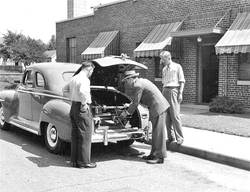
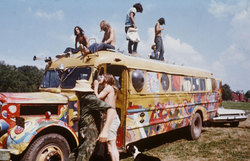
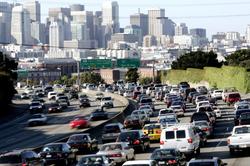
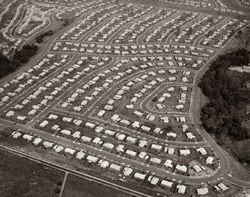
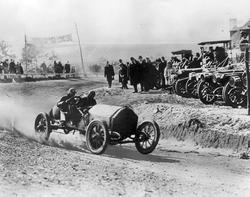
_250x198.jpg)
